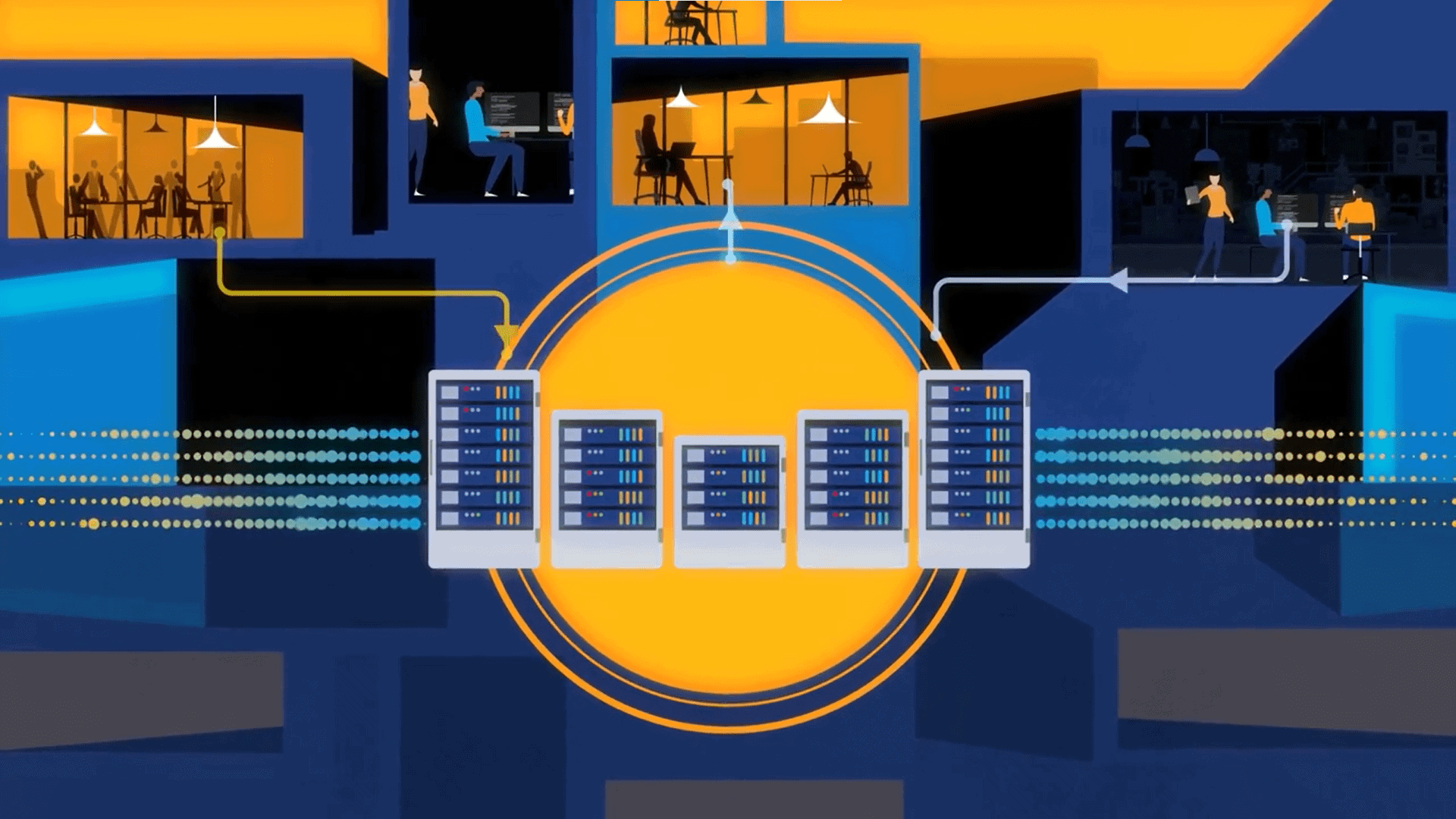
While the vision for adaptive edge intelligence is clear, the execution requires technology that can combine real-time data processing, low-latency decisioning, and scalability.
The edge is no longer just a passive node in the data ecosystem. Historically, organizations viewed the edge as a point of data collection where sensors, IoT devices, and endpoints captured raw information that was eventually shipped to the cloud or a central data center for analysis. But that paradigm is changing rapidly. Today, the edge is evolving into the command center for critical decisions. That shift is driven by the need for adaptive edge intelligence, an approach that processes, analyzes, and acts on data in real time, where it is generated.
For data-driven enterprises, adaptive edge intelligence represents the next frontier of competitive advantage. Businesses that harness this capability will be able to reduce latency, cut operational costs, and improve decision-making outcomes across industries ranging from telecom to manufacturing. Those that lag risk missing out on new efficiencies, revenue opportunities, and customer value creation.
The Case for Adaptive Edge Intelligence
In today’s hyperconnected world, milliseconds matter. Whether it’s a telecom operator managing 5G network handoffs, a manufacturer detecting quality defects on the assembly line, or a financial institution preventing fraudulent transactions, the ability to act instantly can mean the difference between success and failure. Cloud computing is powerful but often too far removed from the point of action. By enabling processing directly at the edge, organizations reduce the round-trip time required for decisions and deliver outcomes in real time.
Cost Efficiency
Data volumes are skyrocketing. Transmitting such information to the cloud for processing is neither cost-effective nor sustainable. Adaptive edge intelligence minimizes unnecessary data transport by filtering and processing information locally, ensuring only relevant, enriched data flows back to centralized systems. This dramatically reduces bandwidth costs while lightening the load on centralized infrastructure.
Outcome Improvement
Real-time, adaptive decision-making at the edge has a direct impact on outcomes. In healthcare, remote monitoring systems can instantly alert providers when a patient’s vitals cross a dangerous threshold. In energy, utilities can dynamically balance grid loads based on live demand data. In logistics, fleets can be rerouted in response to traffic conditions or weather events. The edge’s capacity to adapt and act ensures that businesses can deliver safer, more reliable, and more customer-centric services.
See also: How Kafka and Edge Processing Enable Real-Time Decisions
Industry Applications of Adaptive Edge Intelligence
Many industries have important use cases where adaptive edge intelligence can play a critical role.
Telecom
As 5G networks expand, telecom providers face the challenge of delivering ultra-low-latency services such as AR/VR, connected vehicles, and mission-critical IoT. These applications demand decision-making that occurs closer to the user or device. Adaptive edge intelligence enables telecom operators to deploy localized decision engines that maintain service quality, optimize resource utilization, and meet stringent SLA requirements.
Manufacturing
In Industry 4.0 environments, machines, robots, and sensors continuously generate data. Detecting anomalies or defects in real time can prevent costly downtime and reduce waste. Adaptive edge intelligence allows manufacturers to implement predictive maintenance strategies, streamline operations, and improve product quality, all without waiting for cloud-based processing.
Retail
Retailers are increasingly turning to adaptive edge intelligence to improve customer experiences and streamline operations. Real-time insights from in-store sensors and cameras can help optimize staffing, prevent theft, and deliver personalized promotions to shoppers, all at the speed of engagement.
Transportation and Logistics
For logistics providers, conditions change by the second. Edge-based intelligence ensures that fleets, delivery routes, and warehouse operations adapt dynamically, improving efficiency while keeping costs under control. This capability is especially critical in an era of rising customer expectations for same-day and next-day delivery.
Teaming with a Technology Partner to Enable Adaptive Edge Intelligence
While the vision for adaptive edge intelligence is clear, the execution requires technology that can combine real-time data processing, low-latency decisioning, and scalability. Many organizations do not have the internal expertise in these areas or the staffing to pull the needed technologies together into an enterprise-level system.
As such, many are looking to team with a partner that brings together the right technologies and best practices in using them. That is where Volt Active Data comes into play. Volt’s approach to adaptive edge intelligence is designed from the ground up to support mission-critical, real-time decisioning at scale.
Key Capabilities of Volt Active Data:
- Millisecond-Level Latency: Volt provides deterministic low latency, ensuring decisions happen fast enough to matter in edge environments.
- In-Memory, Real-Time Processing: Unlike traditional databases that batch or delay processing, Volt handles high-velocity streams of data directly in memory, enabling continuous analysis.
- High Availability and Fault Tolerance: At the edge, downtime is not an option. Volt’s architecture ensures resilience and uninterrupted operation, even under failure conditions.
- Scalability Across Edge Deployments: Whether an enterprise needs to manage dozens or thousands of edge nodes, Volt can scale to support distributed intelligence without overwhelming central systems.
- Integration with Event-Driven Architectures: Volt plugs seamlessly into event streaming and messaging systems, ensuring that edge intelligence aligns with broader enterprise data strategies.
In practice, Volt Active Data helps telecom operators power ultra-low-latency services like dynamic pricing and subscriber management, manufacturers detect anomalies before they cause production stoppages, and financial institutions prevent fraud in real time. By combining the principles of adaptive edge intelligence with Volt’s capabilities, enterprises can move beyond reactive models to proactive, value-creating strategies.
Why Adaptive Edge Intelligence Matters
Traditionally, edge intelligence focused on bringing analytics closer to the data source. In contrast, adaptive edge intelligence takes that approach to a new level. It is about creating systems that continuously learn, adjust, and respond to changing conditions in real time. In the context of today’s distributed digital ecosystems, such adaptivity transforms the edge from a static node into a dynamic decision engine.
At its core, adaptive edge intelligence enables edge systems to sense context, whether it’s fluctuating network demand, shifting market conditions, or emerging equipment anomalies, and recalibrate actions instantly. This fluid responsiveness keeps operations resilient and ensures that insights remain relevant even as conditions evolve.
Organizations that embrace adaptive edge intelligence gain the agility to make microsecond decisions such as detecting anomalies before they become failures, personalizing experiences as they happen, and optimizing performance continuously.































